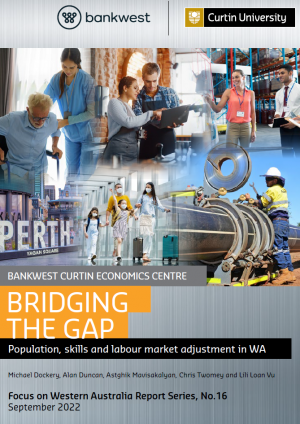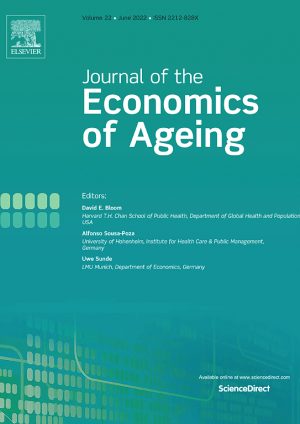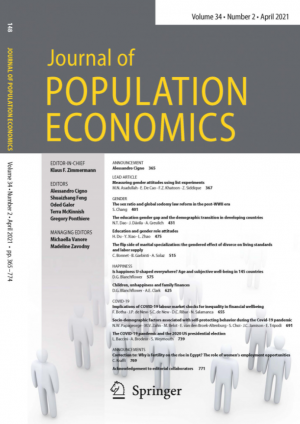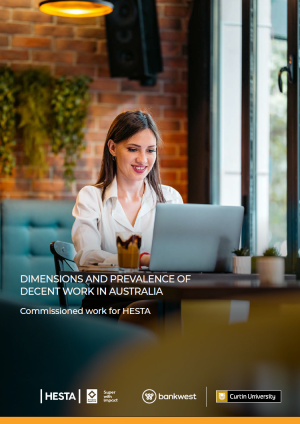Population, Ageing and Retirement
Western Australia’s population is projected to more than double to over 5 million by 2050. Most of this growth is projected to occur in Perth, with the regional areas recording a smaller growth. The population is also ageing, with median ages rising and life expectancies increasing. The Baby Boomer cohort – born during the post World War II fertility boom – is streaming into retirement and entering old age. This research theme explores how changing population dynamics will affect all aspects of life in the WA and Australian community. These include the impacts of population growth and ageing on economic and social participation, quality of life, health and care needs, housing needs, financial security, and mobility within and across states and territories. Projects and publications under this theme produce evidence-based analysis to inform policies that aim to harness the opportunities and address the challenges brought on by changing demographic trends in WA and nationally.
Related Projects
See All Aboriginal and Torres Strait Islander Australians and the superannuation system
Aboriginal and Torres Strait Islander Australians and the superannuation system
 Strategies to enhance housing security for WA’s older renters
Strategies to enhance housing security for WA’s older renters
 Inside the black box: Intra-household resource allocations of older couples
Inside the black box: Intra-household resource allocations of older couples
 Missing girls: Understanding the causes
Missing girls: Understanding the causes
 Inquiry into Housing Policies, Labour Force Participation and Economic Growth
Inquiry into Housing Policies, Labour Force Participation and Economic Growth
 Australian Demographic Trends and their Implications for Housing Subsidies
Australian Demographic Trends and their Implications for Housing Subsidies
Related Publications
See All This sixteenth report in the Focus on WA series takes a rigorous look at skills shortages and labour market dynamics in the WA labour market and provides a fresh conceptual look at what skills shortages are, new empirical evidence on... Read article
This sixteenth report in the Focus on WA series takes a rigorous look at skills shortages and labour market dynamics in the WA labour market and provides a fresh conceptual look at what skills shortages are, new empirical evidence on... Read article
 This study analyses the links between retirement and the distribution of intra-household wellbeing among Australian mixed-sex couples. We study the implications of own and partner’s retirement on measures of life satisfaction, financial satisfaction, and free time satisfaction using household panel... Read article
This study analyses the links between retirement and the distribution of intra-household wellbeing among Australian mixed-sex couples. We study the implications of own and partner’s retirement on measures of life satisfaction, financial satisfaction, and free time satisfaction using household panel... Read article
 This paper identifies a new source of differences in religiosity: the type of future tense marking in language. We argue that the rewards and punishments that incentivise religious behaviour are more effective for speakers of languages without inflectional future tense.... Read article
This paper identifies a new source of differences in religiosity: the type of future tense marking in language. We argue that the rewards and punishments that incentivise religious behaviour are more effective for speakers of languages without inflectional future tense.... Read article
 This research, funded by the Australian Housing and Urban Research Institute (AHURI), examines the quantity, composition and distribution of new housing supply across Australia 2006–16 and seeks to explain variations in local rates of production with reference to demand-side considerations... Read article
This research, funded by the Australian Housing and Urban Research Institute (AHURI), examines the quantity, composition and distribution of new housing supply across Australia 2006–16 and seeks to explain variations in local rates of production with reference to demand-side considerations... Read article
 A new method is proposed for generating projections for sparse populations by locality, age cohort and gender. An adaptation of the cohort replacement method, the approach uses a Tobit model with varying censoring limits to model population changes by cohort.... Read article
A new method is proposed for generating projections for sparse populations by locality, age cohort and gender. An adaptation of the cohort replacement method, the approach uses a Tobit model with varying censoring limits to model population changes by cohort.... Read article
 This paper sheds light on the role of immigration policies in shaping immigration flows in responses to labor market changes. Using data from Australia during the 2001 to 2015 commodity cycle as a quasi-experiment, we find that employer-sponsored (demand-driven) immigration... Read article
This paper sheds light on the role of immigration policies in shaping immigration flows in responses to labor market changes. Using data from Australia during the 2001 to 2015 commodity cycle as a quasi-experiment, we find that employer-sponsored (demand-driven) immigration... Read article




